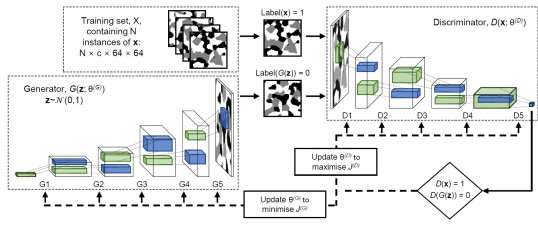Summary
Sam is a Senior Lecturer in the Dyson School of Design Engineering and leader of the tldr group, as well as a member of the Electrochemical Science and Engineering consortium. His work is primarily focused on the design of next generation energy storage technologies, as well as exploring the use of machine learning approaches in this space. He is currently the lecturer for the first year Engineering Mathematics course, as well as the departmental Admissions Tutor. Sam has built an online course on Multivariate Calculus for the Coursera specialisation Mathematics for Machine Learning, in collaboration with the Digital Learning Hub. The specialisation has had >300,000 enrollments since it launched in 2018.
He originally obtained his masters degree from Imperial in Mechanical Engineering, after which he undertook a PhD in the Department of Materials under the supervision of Professor John Kilner on the characterisation of solid oxide fuel cell materials. Following this, he was a postgraduate research associate in the Electrochemical Science and Engineering group managed by Professor Nigel Brandon, involved with the Energy Storage for Low Carbon Grids project.
Sam's group have recently develop a method for using Generative Adversarial Networks (GANs) to optimise electrode microstructures, in a project called Pores4Thought. More recently a method has been developed for generating 3D samples from 2D image data, called sliceGAN, which is vital for a variety of materials characterisation activities.

Sam and his team have developed various open-source packages which have gathered a diverse user base within the materials microstructure community, which can all be accessed through the group's github page. Two well cited examples include:
- TauFactor is a tool for the rapid analysis of 3D microstructural data derived for various tomography techniques. Although originally developed for energy materials, TauFactor is applicable to any system where microstructure plays an important role and as such has spawned a variety of diverse collaborations.
- TraceX is a data analysis suite for modelling diffusion and surface exchange in ion conducting materials. It was designed in order to accelerate and systematise the, often arduous, data analysis workflow required for these experiments.
The image below shows the pore structure of a microtubular SOFC, which was obtained using X-ray microtomography. The colours are the result of a diffusion simulation and represent the radial distribution of concentration at steady state.
During his PhD, Sam founded the Imperial College 3D imaging community "IC3D", which has host two industry sponsored conference, each attracting over 100 academics interesting in tomography.
 He also co-founded the Maths HelpDesk, which is a centralised point of contact for all Imperial academics in need of mathematical assistance for an aspect of their research.
He also co-founded the Maths HelpDesk, which is a centralised point of contact for all Imperial academics in need of mathematical assistance for an aspect of their research.

Sam also develops educational animations and interactive widgets.
Selected Publications
Journal Articles
Cooper SJ, Bertei A, Finegan DP, et al., 2017, Simulated impedance of diffusion in porous media, Electrochimica Acta, Vol:251, ISSN:0013-4686, Pages:681-689


